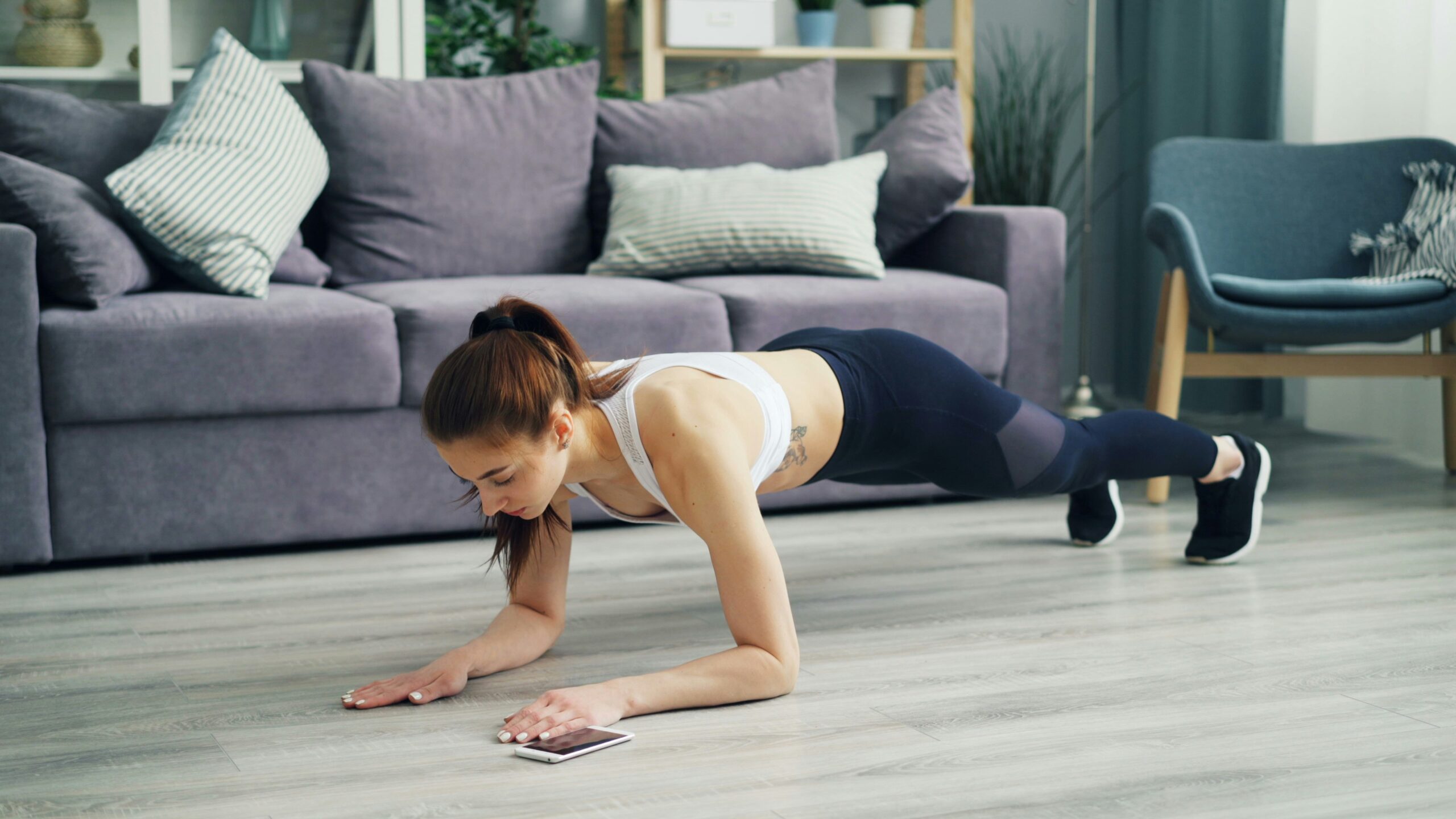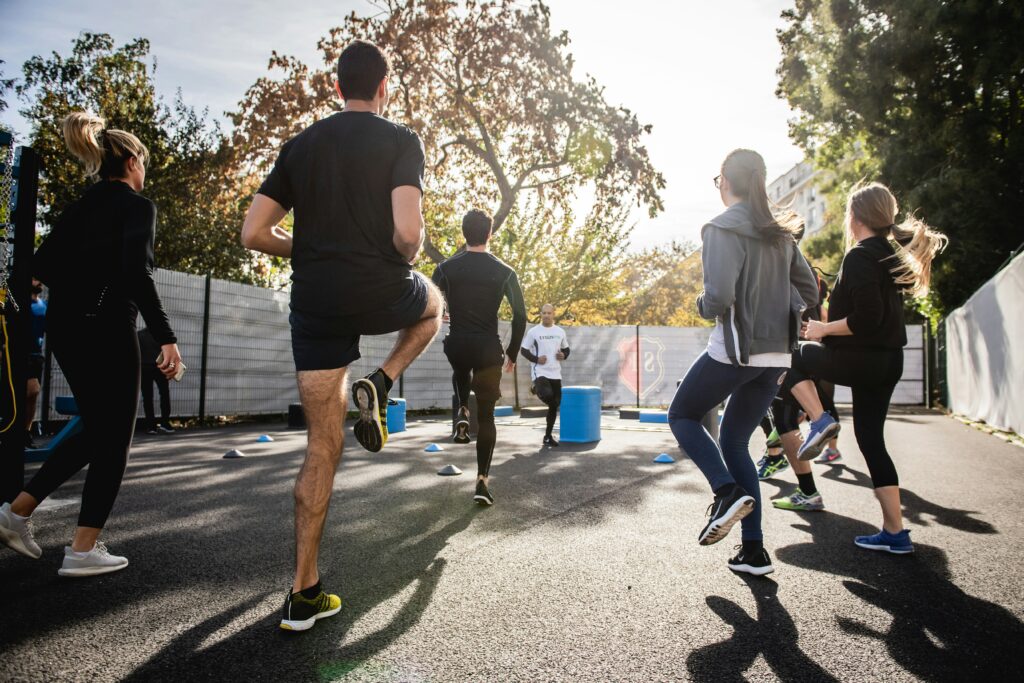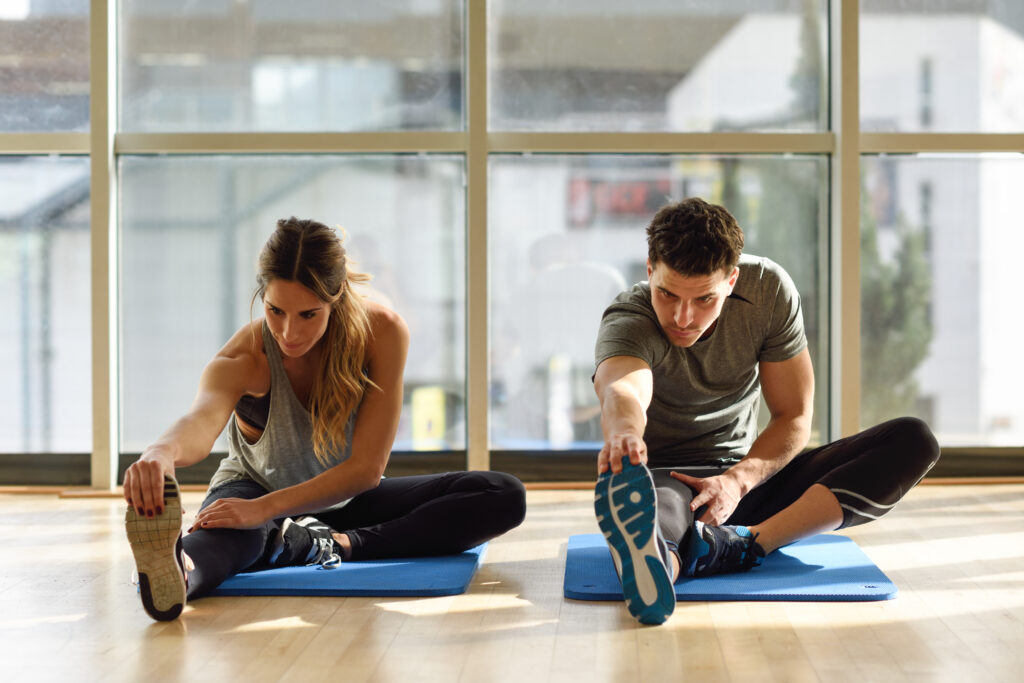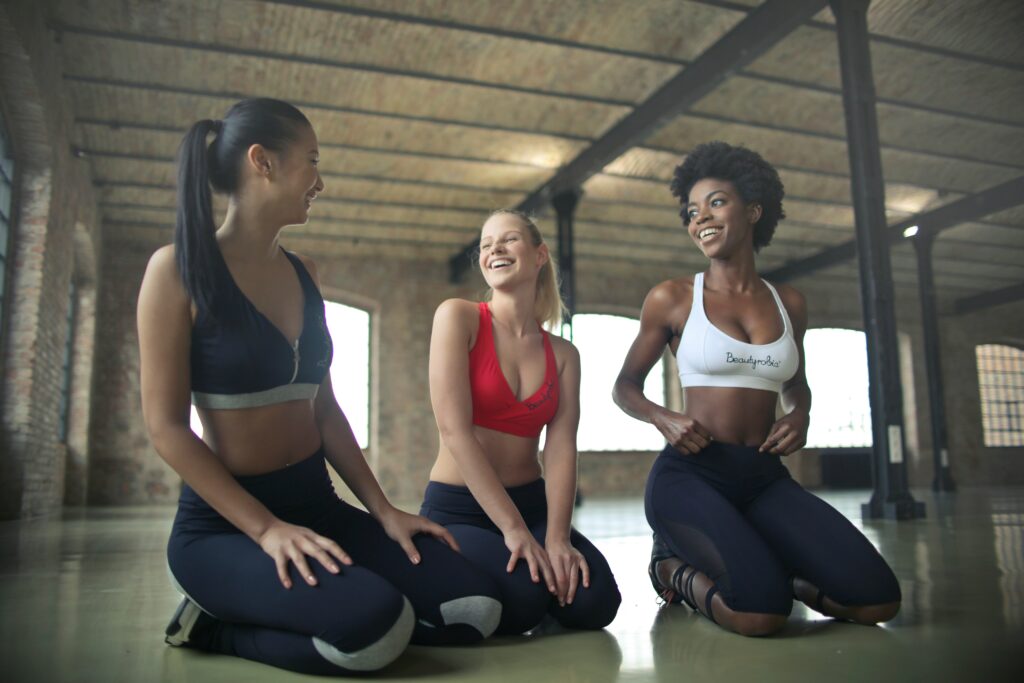 Reading Time: 6 minutes
Reading Time: 6 minutesAre you juggling a demanding career, family responsibilities, and the desire to stay fit? If you’re past your 20s with a low to moderate fitness level, High-Intensity Interval Training (HIIT) could be your game-changer. This time-efficient workout method delivers maximum health benefits in minimal time, perfect for busy men and women. In this guide, we’ll explore why HIIT is ideal for your lifestyle, how to start safely, sample workouts tailored for beginners, and tips to stay motivated. Let’s dive into how HIIT can transform your fitness journey!
What is HIIT and Why It’s Perfect for Busy Professionals?
High-Intensity Interval Training (HIIT) involves alternating short bursts of intense exercise with brief periods of rest or low-intensity movement. Think 30 seconds of sprinting followed by 60 seconds of walking, repeated for 15-20 minutes. This approach burns calories, boosts cardiovascular health, and builds strength—all in less time than traditional workouts.

For training as you pass your 20s, HIIT is a lifesaver. As we age, metabolism slows, muscle mass declines, and stress can take a toll. HIIT counters these by:
-
Burning Fat Efficiently: Studies show HIIT can burn more fat than steady-state cardio in less time due to the “afterburn effect” (Excess Post-Exercise Oxygen Consumption, or EPOC).
-
Improving Heart Health: HIIT enhances cardiovascular fitness, reducing the risk of heart disease, a key concern for this age group.
-
Preserving Muscle: The high-intensity bursts stimulate muscle growth, combating age-related muscle loss.
-
Fitting Busy Schedules: A 20-minute HIIT session can deliver results comparable to an hour of jogging.
For those with low to moderate fitness levels, HIIT is adaptable. You can start with low-impact movements and progress at your own pace, making it accessible and effective.
Benefits of HIIT for You

Why should busy professionals prioritize HIIT? Here are the top benefits tailored to your needs:
-
Time Efficiency: With sessions as short as 15-20 minutes, HIIT fits into packed schedules—perfect for parents or professionals.
-
Boosts Metabolism: HIIT increases your metabolic rate, helping you burn calories even after your workout.
-
No Equipment Needed: Many HIIT workouts rely on bodyweight exercises, so you can do them at home, in a park, or while traveling.
-
Improves Mental Health: The endorphin rush from HIIT reduces stress and anxiety, common challenges for those in their 30s and 40s.
-
Customizable for All Levels: Whether you’re a beginner or moderately fit, HIIT can be scaled to your ability.
How to Start HIIT Safely

If you’re new to exercise or haven’t worked out regularly, starting HIIT safely is crucial to avoid injury. Follow these steps:
-
Consult Your Doctor: If you have health conditions like high blood pressure or joint issues, check in with your doctor before starting anything intense.
-
Start Slow: Begin with 1-2 sessions per week, allowing at least 48 hours of recovery between workouts.
-
Warm-Up and Cool-Down: Spend 5 minutes warming up (e.g., marching in place) and 5 minutes cooling down with stretches to prevent muscle strains.
-
Listen to Your Body: If you feel dizzy or overly fatigued, reduce intensity or extend rest periods.
-
Focus on Form: Proper technique prevents injuries. Watch online tutorials or work with a trainer initially.
Sample HIIT Workouts for Beginners
Below are two beginner-friendly HIIT workouts designed for individuals with low to moderate fitness levels. These require no equipment and can be done anywhere. Aim for 1-2 sessions per week, gradually increasing to 3 as you build stamina.

Workout 1: Low-Impact Bodyweight HIIT (15 Minutes)
-
Warm-Up (5 minutes): March in place, swing arms, and do gentle side-to-side steps.
-
Circuit (8 minutes): Repeat the following 4 exercises twice, performing each for 30 seconds with 30 seconds of rest (walking or standing) between:
-
Modified Jumping Jacks: Step one foot out to the side, raise arms overhead, then switch sides (no jumping).
-
Bodyweight Squats: Stand with feet hip-width apart, lower into a squat, keeping knees behind toes.
-
Push-Up on Knees: Perform push-ups with knees on the ground for less strain.
-
Mountain Climbers (Slow): In a plank position, bring one knee toward your chest, then switch slowly.
-
-
Cool-Down (2 minutes): Stretch quads, hamstrings, and shoulders.
Workout 2: Cardio-Strength HIIT (20 Minutes)
-
Warm-Up (5 minutes): Light jogging in place or dynamic stretches (arm circles, leg swings).
-
Circuit (12 minutes): Repeat the following 5 exercises three times, performing each for 40 seconds with 20 seconds of rest:
-
High Knees (Low-Impact): March quickly, lifting knees to hip height.
-
Chair Step-Ups: Step onto a sturdy chair or bench, alternating legs.
-
Wall Push-Ups: Place hands on a wall, perform push-ups at an angle.
-
Side Lunges: Step to the side, bending one knee, keeping the other leg straight.
-
Plank Hold: Hold a forearm plank, keeping your core tight.
-
-
Cool-Down (3 minutes): Stretch calves, chest, and lower back.
Tips to Stay Motivated with HIIT

Sticking to a fitness routine can be challenging, especially with a busy life. Here’s how to make HIIT a sustainable habit:
-
Schedule Workouts: Treat HIIT like an appointment. Block off 20 minutes in the morning or during lunch breaks.
-
Find a Workout Buddy: Partner with a friend or join an online fitness community for accountability.
-
Track Progress: Use a fitness app or journal to log workouts and celebrate small wins, like completing an extra round.
-
Mix It Up: Vary exercises (e.g., swap squats for lunges) to keep sessions fun and prevent boredom.
-
Reward Yourself: Set milestones (e.g., 10 HIIT sessions) and reward yourself with non-food treats like new workout gear.
Common HIIT Mistakes to Avoid
To maximize results and stay safe, steer clear of these pitfalls:
-
Overdoing It: Doing HIIT daily can lead to burnout or injury. Stick to 2-3 sessions per week.
-
Skipping Warm-Ups: Jumping into high-intensity moves without warming up risks strains.
-
Poor Nutrition: HIIT burns calories, but a balanced diet with protein, healthy fats, and carbs supports recovery and energy.
-
Ignoring Pain: Discomfort is normal, but sharp pain signals a problem. Stop and assess.
How to Progress with HIIT
As your fitness improves, you can increase the challenge:
-
Shorten Rest Periods: Reduce rest from 30 seconds to 15 seconds.
-
Add Weights: Incorporate light dumbbells for exercises like squats or lunges.
-
Increase Intensity: Perform movements faster or add jumps (e.g., jump squats).
-
Extend Duration: Gradually increase sessions to 25-30 minutes.
Check in with your body every 4-6 weeks to adjust intensity or frequency.
Why HIIT is a Long-Term Solution
HIIT isn’t just a quick workout—it’s a sustainable way to stay healthy amid a hectic lifestyle. Its flexibility, efficiency, and scalability make it ideal for beginners and those with moderate fitness levels. By committing to 1-3 sessions per week, you’ll boost your energy, improve your mood, and reduce health risks, all while fitting exercise into your busy schedule.
Final Thoughts: Start Your HIIT Journey Today
High-Intensity Interval Training is a powerful tool for men and women aged 30-50 looking to reclaim their fitness without sacrificing time. With beginner-friendly workouts, no equipment needed, and proven benefits, HIIT is accessible and effective. Start with the sample workouts above, stay consistent, and watch your strength, stamina, and confidence soar.
Ready to try HIIT? Pick one of the workouts above, set aside 15-20 minutes, and take the first step. Share your progress or questions in the comments below—we’d love to hear how HIIT is working for you!







